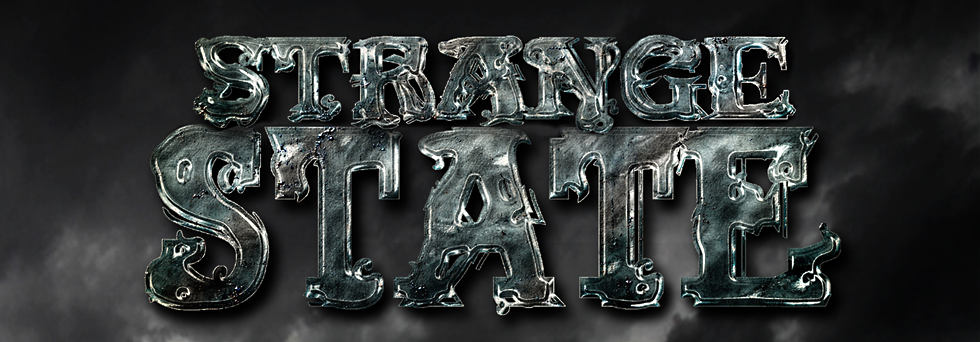 Spontaneous Human Combustion, the controversial phenomenon in which humans beings inexplicably erupt in flames that strangely affect little else around the body, has baffled man for centuries. In 1763, French writer Jonas Dupont described a particularly famous case at the time. The Danish anatomist Thomas Bartholin also wrote about the phenomenon in 1673.
Spontaneous Human Combustion, the controversial phenomenon in which humans beings inexplicably erupt in flames that strangely affect little else around the body, has baffled man for centuries. In 1763, French writer Jonas Dupont described a particularly famous case at the time. The Danish anatomist Thomas Bartholin also wrote about the phenomenon in 1673.Hypotheses abound as to what causes these inexplicable conflagrations. In the 19th century is was popularly believed that these victims were habitual abusers of alcohol whose bodies had become saturated with the flammable liquid, effectively turning them into Molotov cocktails should they pass out and an errant cigarette set them ablaze.
Famed anomalist Ivan T. Sanderson postulated that this might be a psychic phenomenon related to cases of severe depression or sedentary lifestyles. The hypothesis being that phosphagens, an compound in the body that stores energy, could build up in human tissues if not burned off. This build up could then erupt like gunpowder under the proper circumstances such as excessive ambient heat or a rare plasma phenomena like ball lightning.
Others have presented evidence that fatty tissues in the body could produce a candle-like effect on a burning victim; a small fire could decrease the oxygen content significantly in a short time then smolder for hours, thus affecting little else around it. In support of this theory are the cases wherein investigators have reported a strange condensate found at the scene. During experiments on the human candle hypothesis, the fire vaporized the water in the body and created condensation in the air.

No comments:
Post a Comment